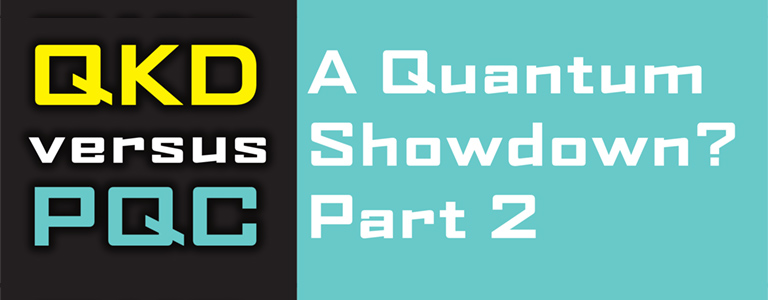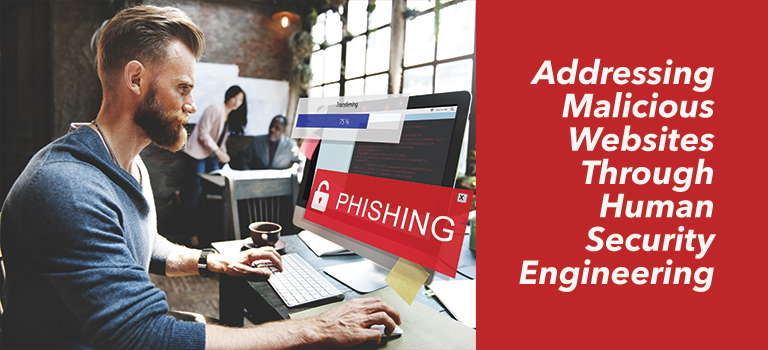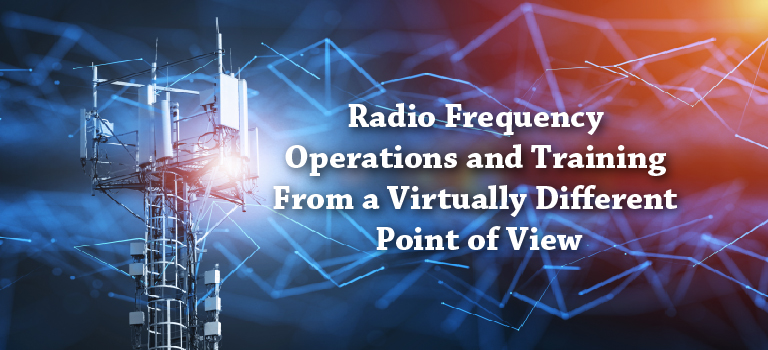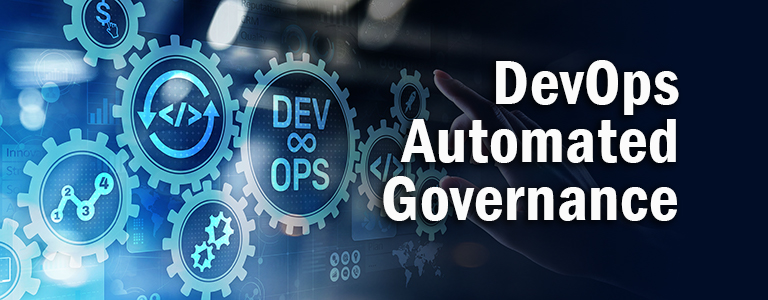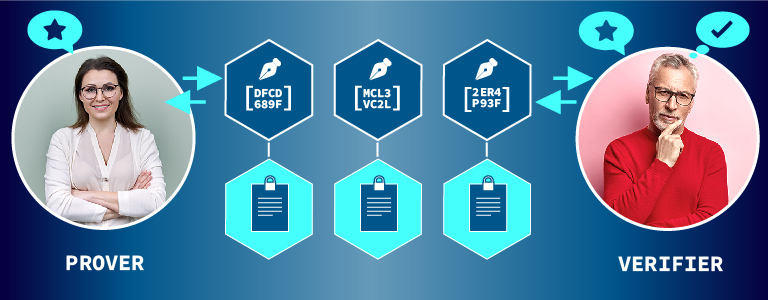Engineering and Vulnerability Management
The Human Factor: Users as Security Sensors
Author(s):
Phillip R. Hasse, President/CEO, Contextual IT Solutions
If there is any consensus within IT security, it is that the security provided is often ineffective in preventing or detecting unauthorized activity. Attackers’ agility often exceeds the defenders’ ability to adapt to changing tactics and technologies. Typically, the response is to provide faster machines and more capable software. It’s like a high-stakes chess game … Read more



